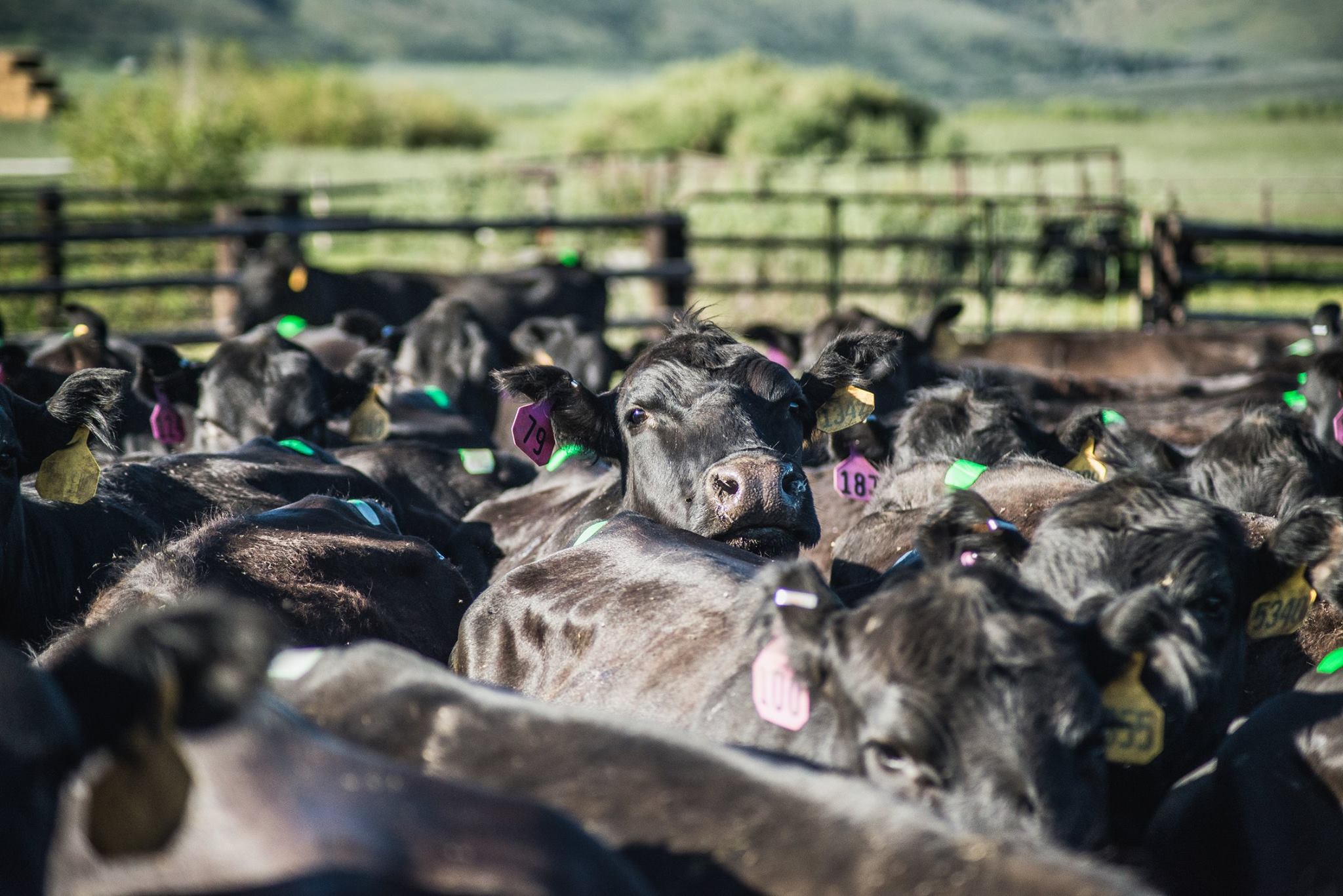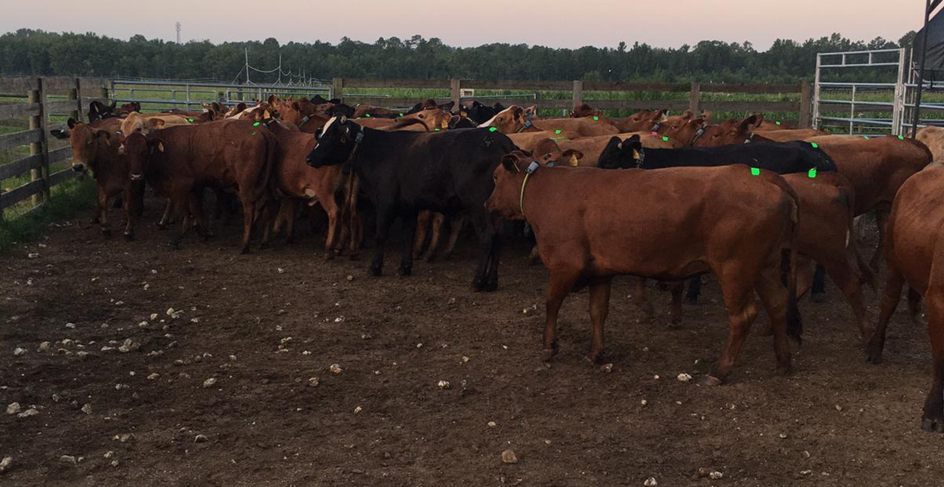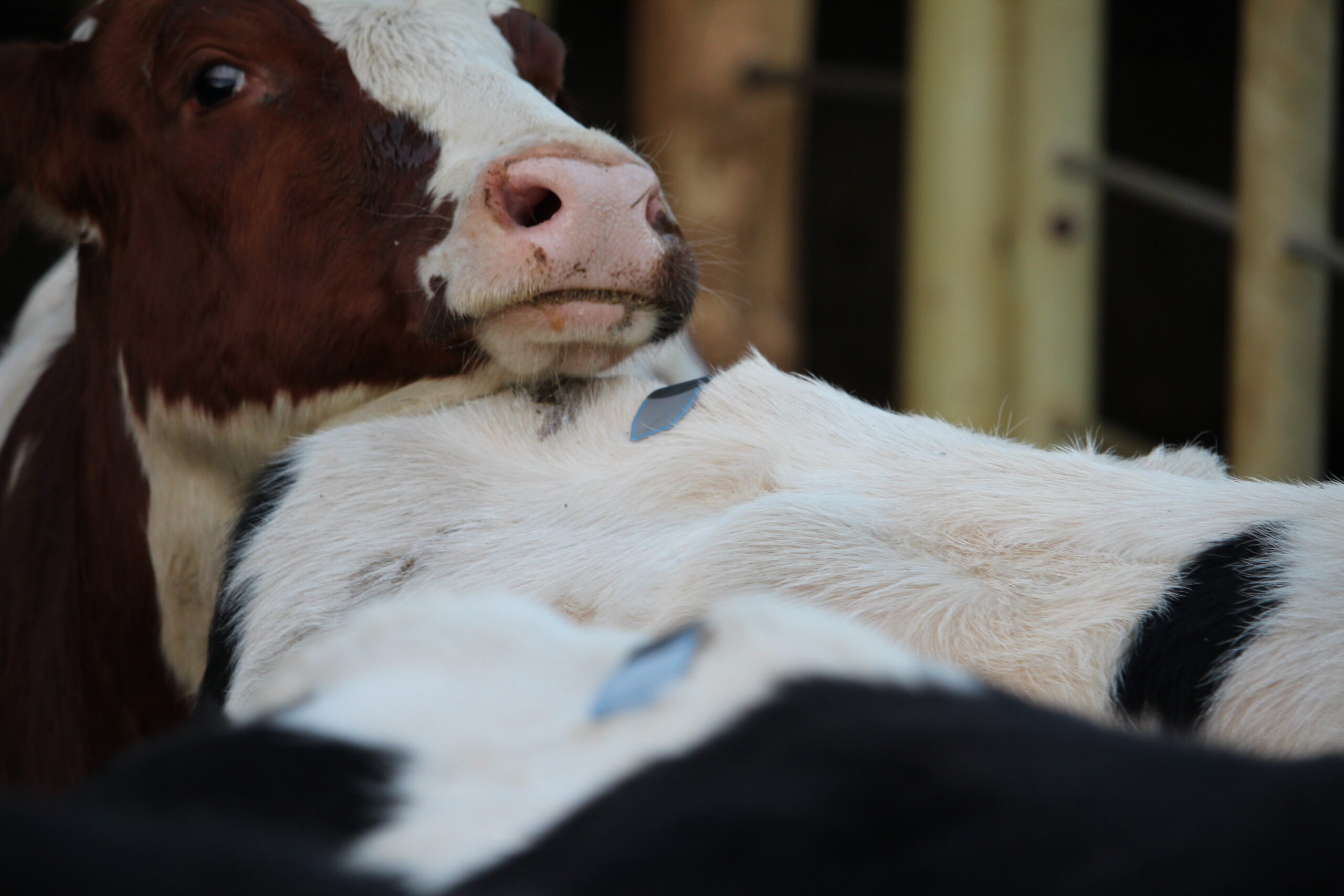Getting cows bred and keeping them pregnant is key to capitalizing on the record cattle…
3 reasons you shouldn’t settle for tail paint
You might be using tail paint or chalk in your breeding program for several reasons. “It’s cheap.” “It’s what my neighbors do.” Or maybe, “It’s what my A.I. company prefers.” Tail paint is better than nothing, but that doesn’t make it the best tool to get heifers and cows pregnant.
“Tail chalk falls short in a few critical areas – areas that may seem small until you add up their financial impact,” says Boyd Dingus, general manager of ESTROTECT. “The cost of a missed pregnancy is no doubt the biggest financial impact, but there are seemingly smaller costs – like wasted semen – that add up quickly, too.”
Here are three reasons you shouldn’t settle for tail paint or chalk:
Tail paint is never applied the same way twice
“Two people could go out and apply tail paint, and you’d likely get completely different results,” says Dingus. “One person could apply a short strip, the other long. One person could do a thick strip, while the other does skinny.”
Cow to cow and person to person, every chalk strip will look different.
“That becomes a problem when the person reading the tail paint must make a breedingdecision,” he adds. “How much chalk was there initially? How much has been rubbed off? Should the cow be bred or not?”
As a result, you’ll breed some cows you shouldn’t, causing you to overspend on semen. And, you’ll miss breeding cows in heat, resulting in a lost pregnancy opportunity.
Tail paint isn’t calibrated
Let’s say you put tail paint on a cow, and you come back to her a few days later. What does the paint tell you about estrus intensity? How strong was the cow’s estrus on a scale of one to four? Since chalked hair can stick up after a single mount, how do you know if the cow was mounted once or 10 times? And, what breeding decision will you make?
“Tail paint doesn’t provide a measuring scale in terms of estrus activity, which is essential to know – the higher estrus activity is, the greater chances are for a successful pregnancy,” says Dingus. “Research confirms that expression of estrus in timed A.I. or E.T. programs is associated with an increase in fertility and a reduction in pregnancy loss.”
Dingus compares lack of estrus activity measurement to blindly throwing a darts at a dartboard.
“Some darts will hit the board and cows will get pregnant, but many won’t,” he says. “When you take the blindfold off and use a tool that measures estrus activity, your chances for pregnancy success go up. Of course, there’s risk with trying any new tool, but in this case the risk is worth the reward.”
Consistent, calibrated tools exist
Using simple and effective technology, like a breeding indicator, can help overcome some of the downfalls of tail paint. A breeding indicator is a self-adhesive sticker that you apply between the hip and tailhead of a cow’s back, perpendicular to the spine. As mounting activity occurs, the indicator’s silver and black surface ink is rubbed off by the friction of mounting and will reveal the indicator color (red/orange, green, blue, yellow or fuchsia). Once a certain amount of color is exposed, the animal is considered in standing heat and ready to breed.
Breeding indicators are consistent. The sticker is always the same size and shape, so there’s no guessing what was there to start with. And there’s no variation by cow or person applying it.
“Breeding indicators have easy-to-read bullseyes to help quantify estrus intensity,” says Dingus. “When the bullseye (or equivalent area) is rubbed off, it indicates that a cow is ready to breed. Research shows that cows with activated bullseyes are up to three times more likely to result in a confirmed pregnancy.”
A bullseye provides calibration and allows you to make quick, cow-side decisions. For example, cows that don’t have the bullseye rubbed off,you might put in a less expensive straw of semen or choose not to breed them at all. Cows with the bullseye rubbed off are your best candidates for a successful pregnancy, and you can make breeding decisions accordingly.
The right people using the right tool
“The best results come when you have the right people using the right tools,” emphasizes Dingus. “No matter how a great a tool is, it’s just a tool. Putting the tool in the hands of a well-trained, highly-qualified person makes all the difference.”
And, no matter what tool you choose, make sure it’s consistent and calibrated. Select a precision tool that allows people to make quick yes or no decisions.
SOURCE:
- Source: Wisconsin State Farmer
- Date: 9/03/2019
- Link: https://www.wisfarmer.com/story/news/2019/09/03/three-reasons-you-shouldnt-settle-tail-paint-heat-activity/2198673001/



